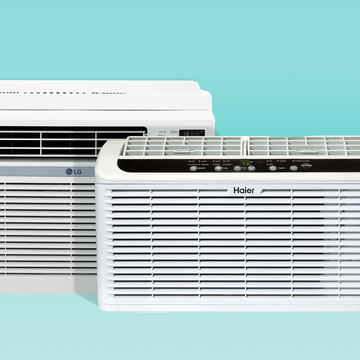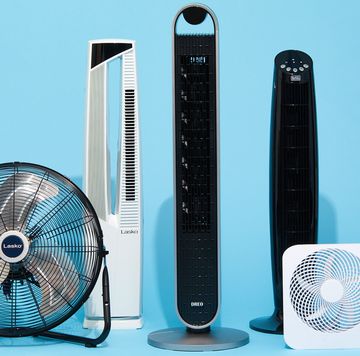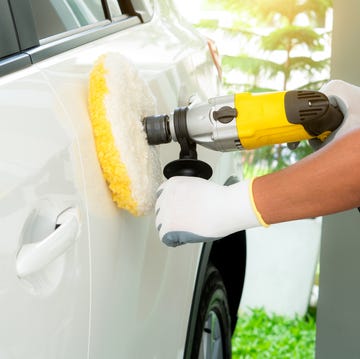We've been independently researching and testing products for over 120 years. If you buy through our links, we may earn a commission. Learn more about our review process.
The Best EV Chargers for Your Home
To make the most of your plug-in hybrid or electric vehicle, it's worth installing a high-voltage EV charger at home.
When considering the purchase of an electric vehicle (EV), one crucial aspect to take into account is how and where you're going to charge its batteries.
Based on extensive research and testing, we recommend these four Level 2 home EV chargers ranging from $400 to $735, with each offering unique features and varying levels of maximum power output. While most EVs come with a 120-volt Level 1 charger, a 240-volt Level 2 charger will be fastest and most efficient way to juice up your vehicle at home.
Our top picks:
According to the U.S. Department of Energy, approximately 80% EV owners juice up their vehicles at home. Unfortunately, the current options for home charging tend to exclude many apartment dwellers and renters who may not have the ability to install a dedicated electric line or have access to off-street parking. However, if you are currently in the market for an EV, chances are you're among the fortunate Americans who live in a single-family home.
Home charging offers several benefits. First, it allows you to charge your car when it's not in use, typically during the night while you sleep. This advantage aligns with another core perk, which is that charging at home is generally more affordable than using private charging infrastructure, particularly during nighttime when lower demand leads to reduced electricity rates. Furthermore, you may be eligible for a federal tax credit of up to 30% of the hardware and installation costs, amounting to a maximum of $1,000, for the installation of a home charger. With all these factors in mind, how do you go about determining which charging system is the right fit for your needs?
The Good Housekeeping Institute is here to help you find the best home EV charger for your specific circumstances. In collaboration with our our expert colleagues at Car and Driver — the world's largest automotive enthusiast publication and authoritative independent testers of numerous cars, automotive accessories and car care products — we conducted thorough evaluations to determine the best chargers for different situations. Our analysts and engineers also continually gain hands-on experience with new EV chargers as they enter the market, conducting long-term testing in our own homes to provide valuable extended-use feedback.
Brett Berk (he/him) is a former preschool teacher and early childhood center director who spent a decade as a youth and family researcher and now covers the topics of kids and the auto industry for publications including CNN, the New York Times, Popular Mechanics and more. He has published a parenting book, The Gay Uncle’s Guide to Parenting, and since 2008 has driven and reviewed thousands of cars for Car and Driver and Road & Track, where he is contributing editor. He has also written for Architectural Digest, Billboard, ELLE Decor, Esquire, GQ, Travel + Leisure and Vanity Fair.
Rachel Rothman (she/her) is the chief technologist and executive technical director at the Good Housekeeping Institute, where she oversees testing methodology, implementation and reporting for all GH Labs. She also manages GH’s growing research division and the analysis of applicants for the GH Seal and all other testing emblems. During her 15 years at Good Housekeeping, Rachel has had the opportunity to evaluate thousands of products, including toys and cars for GH’s annual awards programs and countless innovative breakthroughs in consumer tech and home improvement.
Watch Next


The Best Window Air Conditioners for Your Home

9 Best Fans of 2023 to Cool Your Whole Home

4 Best Car Buffers of 2023

21 Best College Backpacks of 2023
















